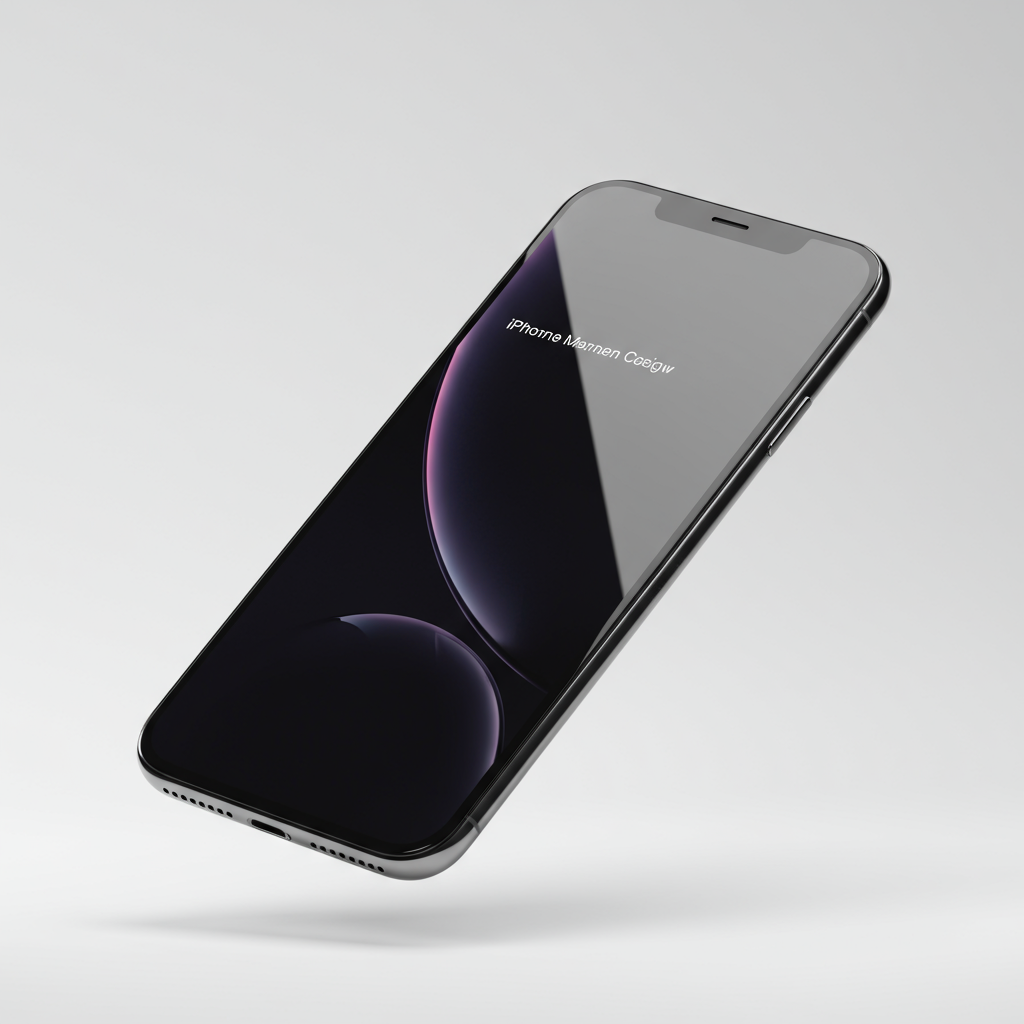Imagine an iPhone that’s truly just a sleek sheet of glass, with no notches or cutouts interrupting the display. This “all-screen” vision is a major goal for Apple, and while incredibly ambitious, it’s not happening overnight. According to a prominent display industry analyst, achieving this ultimate design for the mass market is still about half a decade away, requiring Apple to navigate through three distinct technological phases.
The Vision: An All-Screen Future
The concept of an ‘all screen’ iPhone represents a significant design evolution, potentially marking a major milestone like the product’s 20th anniversary (though exact timing for this correlation is speculative). It promises a seamless, uninterrupted visual experience that maximizes screen real estate. However, turning this concept into reality involves overcoming substantial technical hurdles, particularly regarding the front-facing camera and Face ID sensors.
Analyst Lays Out the 5-Year Roadmap
Ross Young, founder and CEO of Display Supply Chain Consultants (DSCC) and a respected voice in display technology predictions, offers a detailed timeline for how Apple plans to transition to this all-screen future. He estimates the complete realization of this goal around the year 2030.
This ambitious shift won’t happen in a single leap. Instead, Apple is expected to implement changes gradually through a three-stage process:
Stage 1: The Smaller Pill (Around 2026)
The first step, anticipated with the iPhone 18 series in roughly two years, involves shrinking the current Dynamic Island’s “pill” shape. This requires Apple to miniaturize the complex Face ID components significantly to fit into a more compact cutout area.
Stage 2: Punch-Hole & Under-Display Face ID (Around 2028)
The next major phase, projected for the iPhone 20 series around 2028, sees the display cutout evolve from a pill to a single, smaller punch-hole. Crucially, during this stage, Apple is expected to successfully integrate the Face ID components beneath the display panel, leaving only the front camera visible as a punch-hole. This timeline differs from earlier rumors suggesting under-display Face ID might arrive sooner on Pro models.
Stage 3: The True All-Screen (Around 2030)
The final stage, achieving the coveted ‘all screen’ look, is slated for approximately 2030. By this time, both the selfie camera and all necessary Face ID hardware are predicted to be fully embedded underneath the OLED display. This eliminates any visible cutouts on the front of the device, delivering the truly seamless design Apple envisions.
Why the Wait? Technical Challenges Remain
The extended timeline projected by Young underscores the significant technical challenges Apple must overcome. Placing optical components like cameras and sensors beneath an active display isn’t simple. Key obstacles include:
Image Degradation: Capturing high-quality images through an OLED panel can be difficult, potentially resulting in blurry or distorted photos from the under-display camera.
- Face ID Accuracy: Ensuring the infrared sensors and dot projector used for Face ID function reliably and accurately through the display is another complex engineering feat.
- wccftech.com
- wccftech.com
- itif.org
Given Apple’s history of making careful, often incremental, design and technology changes year over year – sometimes with minimal external updates as seen with recent iPhone generations – a cautious, multi-year approach to such a fundamental design overhaul is considered highly plausible. The company is known for waiting until a technology is mature and reliable before implementing it across its flagship product.
Ultimately, while the dream of a truly all-screen iPhone feels closer than ever, expert analysis suggests patience is key. The journey involves significant engineering feats spread over the next half-decade, culminating in a potential game-changing design around 2030.




